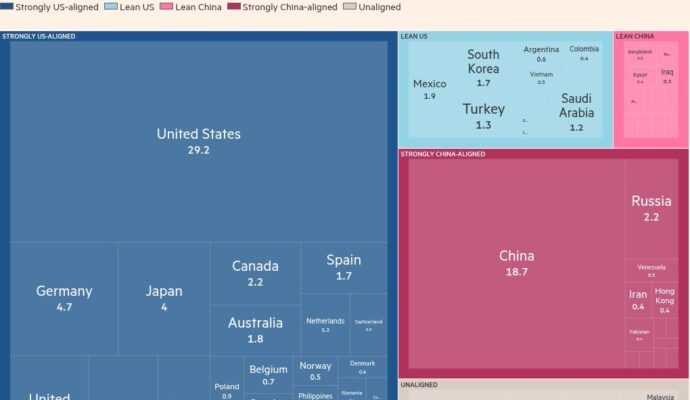The philosopher Zeno of Citium concocted paradoxes so devious that nine have stuck with us since their invention some 2,400 years ago. The one everyone knows, the dichotomy paradox, goes something like this: it’s impossible to complete an infinite number of actions, and walking from A to B requires an infinite number of actions — because when one reaches the midpoint, another midpoint is left to reach, in a process that must repeat infinitely. Thus, it is impossible to walk from A to B.
To Zeno’s longstanding list of nine such paradoxes, analysts at Goldman Sachs add a tenth, the “L-shaped recovery”:
Yeah, meditate on that one for a moment.
More interesting than its title is the case put forward by Goldman’s team in this 14-page report:
We see persistent weaknesses in the property sector, mainly related to lower-tier cities and private developer financing, and believe there appears no quick fix for them. As such, we only assume an “L-shaped” recovery in the property sector in coming years. Based on our estimates, the property weakness will likely be a multi-year growth drag for China, but it could be less painful in 2023 (-1.0pp to headline GDP growth) than in 2022 (-2.2pp).
Now, it’s no secret that China’s property sector, once responsible for a third of the country’s economic activity, is suffering from a protracted crisis of confidence among homebuyers, who are no longer willing to make down payments on apartments they suspect will never actually be built by developers suffering from a severe liquidity crunch. And surging youth unemployment this year has further dented the property sector’s prospects.
In short, this time really does look different from previous real estate market downturns in China. And Goldman’s team recognises this dilemma:
The ongoing property cycle is different from previous rounds, as policymakers appear very determined not to use the property sector as a short-term stimulus tool, due likely to heightened concerns on falling demographic demand, a shift in policy focus to support strategically important sectors, and weaker housing affordability. We believe the policy priority is to manage the multi-year slowdown rather than to engineer an upcycle, and do not expect a repeat of the 2015-18 cash-backed shantytown renovation program.
It almost seems like what we’re talking about here isn’t a recovery at all, but rather a long-term fall for one of the Chinese economy’s most vital drivers with little chance of policy support to help turn things around. And, if so, that’s a pretty meaningful development!
So why the paradoxical framing device?
The truth is China analysts face a gauntlet of fraught choices with every report they publish on the country and its corporates: is this bearish forecast going to get us accused of being anti-China? (Maybe.) Does it matter to my price target that Chinese tech stocks still haven’t recovered? (Apparently not.) Could an offhand reference to a “Chinese pig” get me fired? (Quite possibly!)
Make no mistake, it’s hard out there for a China analyst, and it’s only getting harder. But investment banks aren’t doing themselves any favors attempting to sugarcoat the country’s increasingly dire economic straits, and their analysts can make it easier on themselves by not tying themselves in knots trying to come up with overly clever descriptions of a simple economic phenomenon.
Just call a slump a slump.



